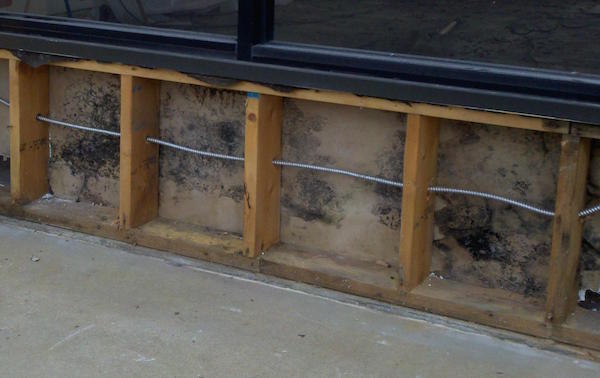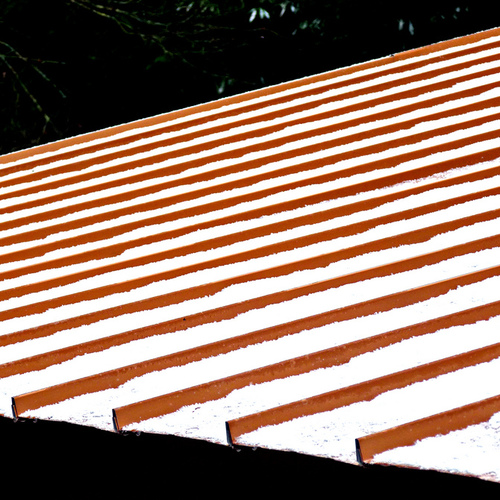
Image Credit: Alexander Bell
Breathe. It’s a good thing. We need to breathe to live. Breathing consciously relaxes us. “Breathe” is also the name of a great song by Pink Floyd from the Dark Side of the Moon album.
Breathe, breathe in the air
Don’t be afraid to care
Leave but don’t leave me
Look around and choose your own ground.
Breathing is required of many life forms. But when it comes to buildings, all this talk of breathing is just confusing.
I hear people use the word “breathe” in the context of buildings quite often. But as is the case with the term “vapor barrier,” I often don’t know what they mean by it. Why, you ask? Well, because people use it in so many different ways. Here are some meanings I’ve heard for the concept of breathing in buildings.
- Infiltration — “A house needs to breathe.” That’s usually shorthand for, “I don’t understand the need for airtightness.”
- Vapor diffusion — Designing assemblies that can dry to both sides is often referred to as allowing those assemblies to breathe.
- Whole-house Ventilation — Bringing outdoor air into the house is sometimes called letting the house breathe.
- Vented attics or crawl spaces — Some people think that, similar to the first one above, if we don’t let the structure breathe, whatever that means, we cause problems. Conditioned attics and crawl spaces, in that view, should be avoided.
Joe Lstiburek says, “Words matter.” When we use words with so many different meanings, it creates confusion. If you tell me something about walls or structures or buildings that breathe, which of the meanings above are you ascribing to that word? Or do you have a completely different one?
I know we’re never all going to agree completely on a common lexicon. I switched from building envelope to building enclosure a few years ago, but the word “envelope” is just too entrenched to dislodge. That’s OK. At least we know what someone means when they say it (usually).
When someone starts using the word “breathe” in a discussion about how buildings work or should work, I try to steer the conversation to the concept of control instead. We need to control the flows of heat, air, and moisture. Insulation is what we use to control the flow of heat. The air barrier controls air flow. A drainage plane controls the flow of liquid water. Water vapor is mostly controlled by materials that allow it to move, although in cold climates or with really thick insulation we need to slow down the rate of that movement.
The word “breathe,” in my opinion, doesn’t help at all in the context of buildings. If you talk about controlling heat or air or moisture, it’s (usually) pretty clear what that means. If you talk about a building needing to breathe, it’s not clear. Let’s just drop it. Are you with me?
Allison Bailes of Decatur, Georgia, is a speaker, writer, building science consultant, and the author of the Energy Vanguard Blog. Check out his in-depth course, Mastering Building Science at Heatspring Learning Institute, and follow him on Twitter at @EnergyVanguard.
Weekly Newsletter
Get building science and energy efficiency advice, plus special offers, in your inbox.















0 Comments
Log in or create an account to post a comment.
Sign up Log in